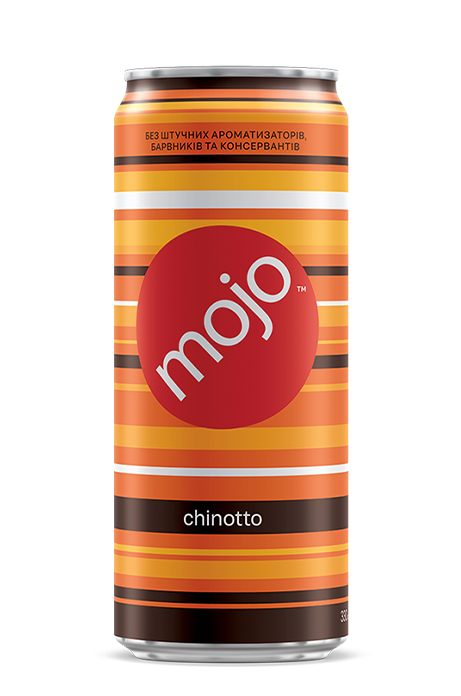PERI/MENOPAUSE: Why Protein is Your Midlife Power Ballad
- Nicky Jenkins

- Aug 11
- 4 min read

Somewhere between The Breakfast Club and Footloose, we were told women could have it all. Careers, families, social lives — and hey, abs if we really wanted them. We grew up on power ballads, big hair, and the promise that nothing could hold us back.
We studied hard, worked hard, raised kids, kept households running, hit the gym, smashed glass ceilings…
and remembered to defrost the chicken.
Now, here we are — midlife. We’ve built careers, families, communities - and the soundtrack’s still playing. But our bodies? They’re running a completely different operating system. One we didn’t sign up for.
Pseudo science, media misinformation and celebrity anecdotes often contribute to confusion, leaving many women feeling overwhelmed. Also the focus often switches to weight loss, instead of good nutrition - meaning that many women try to eat less, instead of eating well.
Ladies, it’s time to talk PROTEIN.
How Much Protein Do We Really Need?
When I first dove into the world of protein for perimenopause, I won a consultation with a sports nutritionist who told me I needed about 2 - 2.2 grams of protein per kilogram of body weight. That sounded great… until I did the math. At 75 kg, that’s about 165 grams of protein a day.
So, I tried. And what happened? I basically ate beige and white food all day—chicken, eggs, yogurt—until I felt like a walking chicken nugget. No room for fun stuff, no room for anything colorful or exciting. Not exactly the “having it all” vibe.
Here’s the reality: most of us aren’t training for the Olympics, and our busy lives (work, kids, parents, remembering where we left our keys) mean realistic, manageable goals win every time.
For menopausal women, research generally recommends aiming for around 1.2 to 1.6 grams per kilogram of body weight. That’s enough to support muscle maintenance, keep metabolism humming, and help manage those pesky midlife body changes—without needing to eat like you’re prepping for a protein shake commercial.
Why Protein Matters More Than Ever
Peri/Menopause brings a whole new landscape — hot flashes, mood swings, and that frustrating shift in how our bodies store fat.
Protein is the superhero here. Here’s what it does for you in midlife:
Maintains muscle mass – You naturally lose muscle as you age (around 3–8% per decade after 30), but as estrogen levels drop, menopause speeds that up. Protein gives your muscles the raw materials to rebuild and stay strong. Increase in muscle mass = decline in fat mass.
Supports metabolism – Decreased muscle mass slows the rate at which the body uses calories. More muscle = higher calorie burn, even at rest.
Keeps you fuller for longer – Protein has an impact on your appetite regulating hormones. It slows digestion and increases levels of satiety hormones (feeling full). It also balances blood sugar by stabilising the release of glucose into the bloodstream, meaning fewer snack attacks. By promoting feelings of fullness and reducing appetite, protein can naturally lead to lower calorie consumption throughout the day, which can be beneficial for weight management.
Helps recovery – Whether it’s a Hyrox class, a hill walk, or just lugging the shopping, consuming protein provides the necessary amino acids to repair and rebuild muscle tissue.
Protects bone health – Protein supports the collagen in your bones, which is especially important as oestrogen levels drop. Eating plenty of protein can help reduce the risk of osteoporosis.
Research suggest that the body’s appetite for protein increases during perimenopause (due to hormonally-induced tissue protein breakdown) but if protein requirements aren’t met, women overconsume other forms of energy. If we don't increase the proportion of protein in the diet, the body’s drive to reach its target protein intake will make us continue to eat unnecessary calories until we do so.
Getting Enough Protein — Without Losing Your Mind
If you’re juggling work, family, and probably a million other things, adding in “more protein” might feel like just another chore. But it doesn’t have to be complicated or boring. Here are some easy wins to boost your intake:
Start your day with protein - eggs, Greek yogurt, cottage cheese
Snack on nuts, seeds, hard boiled eggs, or a handful of edamame
Add beans, lentils, or quinoa to salads and meals
Include lean meats, fish, or plant-based protein in lunches and dinners
Experiment with protein-rich smoothies (bonus points for sneaking in spinach or berries!)
It’s not just about hitting your total grams for the day. You want to spread it out — breakfast, lunch, dinner, snacks — so your muscles get that signal to grow and repair all day long. Consuming a moderate amount (20-30 grams) at each meal is thought to be optimal for muscle protein synthesis.
When planning meals, focus on protein-rich foods first, then add carbohydrates and healthy fats
If you’re guessing, you’re probably under-eating it. If you track, you’ll know for sure. There a plenty of free apps that can help with this.
Remember: it’s not about perfection. It’s about building habits that fit your life and keep you feeling strong.

If we survived the 80s and 90s — getting drunk in fields, finding our way home without a phone or a penny, and living the latch-key life — then we can absolutely get our heads around eating enough protein in menopause.
It might not be as fun as a Bacardi Breezer on a Friday night, but trust me… your muscles will thank you for it.






Comments